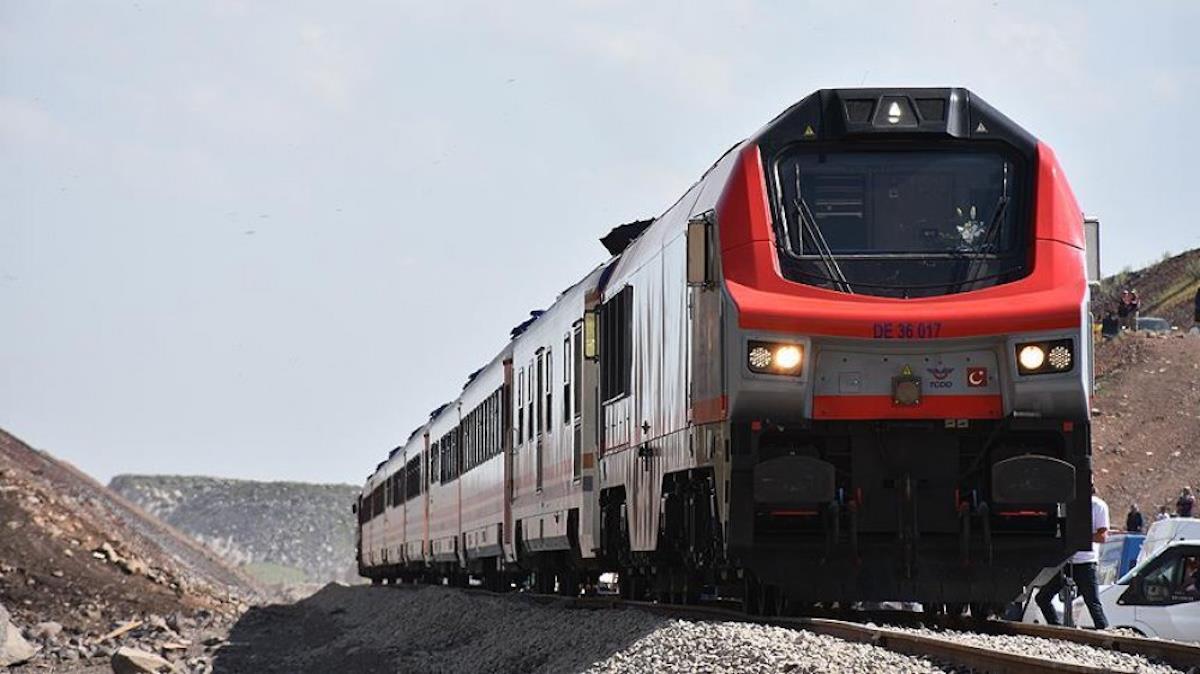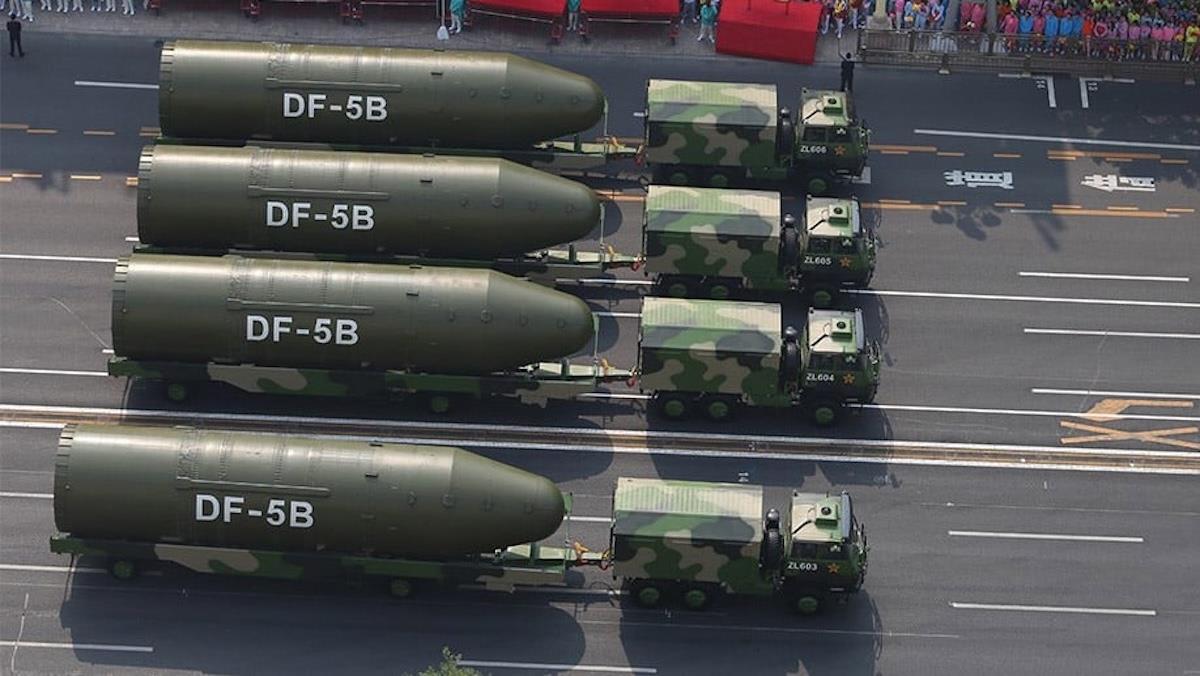
Tehran And Moscow Missteps Expose Caspian Region Faultlines
Most recently, Azerbaijan's sharp responses to Tehran's accusations about hosting Israeli drones and to Moscow's deadly police raid on Azerbaijani nationals in Yekaterinburg (followed by Baku's cancellation of a Russian foreign ministry official's visit) highlight that not only Azerbaijan but the entire Caspian Sea region, including Central Asia, is increasingly unwilling to play the role of passive buffer.
These incidents, while seemingly bilateral, illuminate deeper structural shifts: the waning deterrent power of old hegemons and the emergence of a new regional assertiveness grounded in multi-vectorism and cooperative plurilateralism.
The Central Asian states are quietly observing the evolution of affairs in the South Caucasus, and vice versa. With the Organization of Turkic States gaining coherence , and with multiple trilateral cooperative structures nested within it, the South Caucasus-Central Asia macroregion is increasingly shaped not by vertical power projection but by lateral linkages.
The word“unprecedented” is overused, but it is entirely accurate to observe that the emergence of the South Caucasus as a region relatively autonomous from larger neighborhood powers is without precedent.
The crucial geopolitical location of the South Caucasus between the Caspian Sea and the Black Sea, including its already deep and still-deepening links with Central Asia to the east and Europe to the west, makes the present-day evolution of the region one of those butterfly-wing-flapping phenomena that will have implications far beyond the local context, as the structure of the post–Cold War international system continues to evolve over the next two decades and undergoes transformation beyond.
What makes the situation fundamentally uniqueIt is instructive to begin with some brief historical background. Armenia, Azerbaijan, and Georgia had relative autonomy from both Russian/Soviet and Persian/Iranian spheres of influence only once before in the modern era. This was during the brief interlude from 1918 to 1921, when the three independent republics – the Democratic Republic of Georgia, the First Republic of Armenia and the Azerbaijan Democratic Republic – were established.
Before then, one must go back to the mid-10th through the early 13th centuries to find a time when the region was not wholly subject to Russian, Persian or other imperial spheres.
During that time, different regional state formations flourished with relative independence from both the Abbasid Caliphate (by then in decline) and Persianate hegemonies, while Moscow – then not even yet a principality – remained entirely external to the region. These South Caucasus state formations included the Bagratid Kingdom of Armenia, the Kingdom of Georgia,and various Caucasian Albanian and Artsruni principalities.

Legal Disclaimer:
MENAFN provides the
information “as is” without warranty of any kind. We do not accept
any responsibility or liability for the accuracy, content, images,
videos, licenses, completeness, legality, or reliability of the information
contained in this article. If you have any complaints or copyright
issues related to this article, kindly contact the provider above.
Most popular stories
Market Research

- Mutuum Finance (MUTM) New Crypto Coin Eyes Next Price Increase As Phase 6 Reaches 50% Sold
- Bydfi Highlights 'BUIDL' Ethos During Newcastle United Match Against Arsenal
- Flexm Recognized As“Highly Commended” In The Regtech Category At The Asia Fintech Awards Singapore 2025
- Solotto Launches As Solana's First-Ever Community-Powered On-Chain Lottery
- Moonx: The Leading Crypto Trading Platform With X1000 Leverage And Unlimited Meme Coin Access
- Stonehaven Circle Marks 13Th Anniversary With Hadrian Colwyn Leading Calvio Ailegacyx Innovation
























Comments
No comment